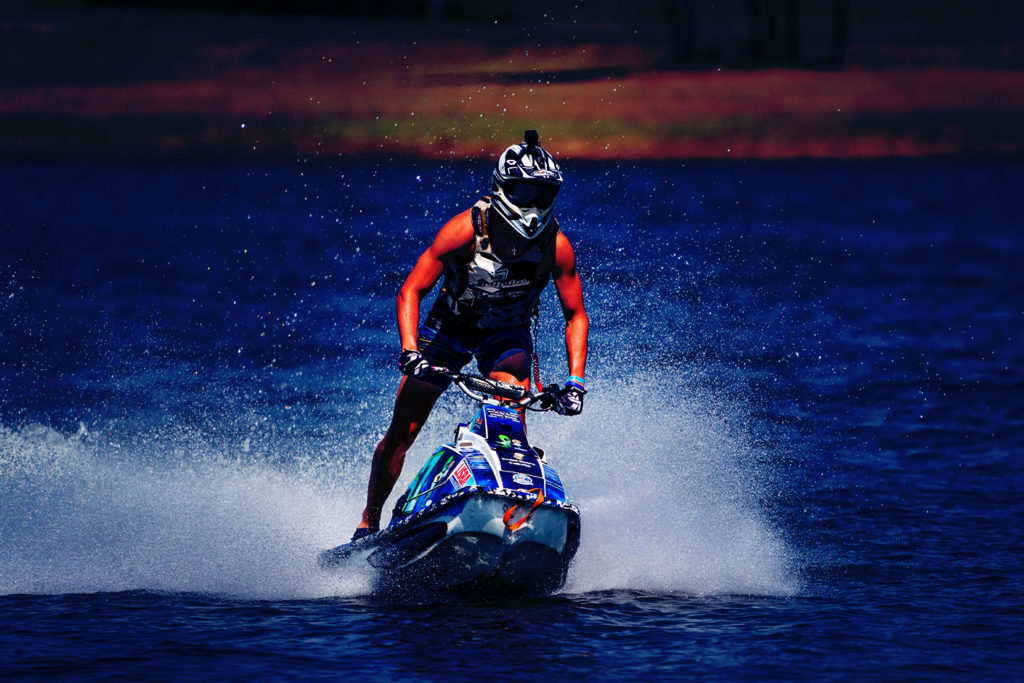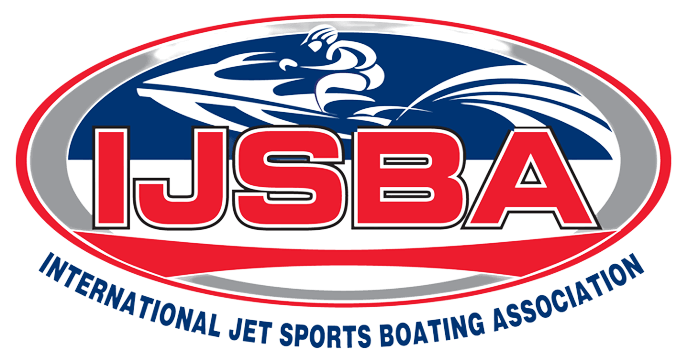Racing jet skis, used in competitive events and races, can reach impressive speeds depending on various factors such as engine power, hull design, and water conditions.
Here are some general guidelines on the speeds racing jet skis can achieve…
- Professional Racing Models – In professional racing circuits such as the Pro Watercross Tour or the IJSBA (International Jet Sports Boating Association) competitions, racing jet skis can reach top speeds exceeding 70 miles per hour (113 kilometers per hour) or more, depending on the class and regulations.
- Modified Engines – Many racing jet skis are equipped with highly tuned and modified engines that produce significantly more power than standard recreational models. This allows them to achieve higher speeds and faster acceleration on the racecourse.
- Hull and Design – Racing jet skis often feature specialized hull designs optimized for speed and maneuverability. These designs reduce drag and enhance stability at high speeds, enabling racers to push the limits of performance.
- Race Conditions – Speeds can vary based on the specific race conditions, including water surface conditions (calm vs. rough waters), wind conditions, and the length and layout of the racecourse.
- Skill of the Rider – The skill and experience of the rider play a crucial role in maximizing the performance of the racing jet ski, including throttle control, cornering technique, and strategic positioning during the race.
Racing jet skis are built and tuned for maximum speed and agility, making them capable of achieving impressive speeds that exceed those of standard recreational jet skis.



